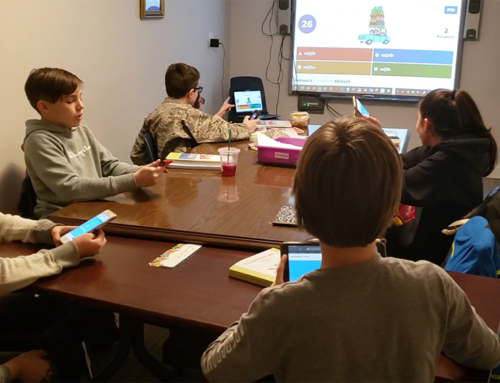What is a Quest?
Quest-Based learning design (see the infographic at the side) uses quest. Most quests have a task to complete, a narrative that explains how the task relates to the storyline, and a reward for successful completion of the quest’s task. So, every time a quest starts students embark on a beautiful adventure and follow their own path to conquer the knowledge. These “adventures” are self-paced and tailored to students’ needs, so students take ownership of their learning, and teachers assess where their students need help or succeed in their understanding, and provide targeted support where it’s needed
Quests' Characteristics
Quest-based learning uses badges, achievements, and awards to mark student progress, recognize specialization, and provide multiple forms of formative feedback and evaluation.
A Quest-based tool: Classcraft
Classcraft is an online platform used in order to implement gamification features in the classroom. It is available both in a web and app version, so it can be accessed from any device with internet access. Its basic option is free of charge but there is also a premium version with advanced features that costs $120 per year. You can sign up for a classcraft account through google, facebook or email.
Classcraft is used as a learning-management tool but also to enforce a desired behaviour and participation in the classroom. It is designed to encourage learning through teamwork, motivation and collaboration. Teachers set up fantasy-themed quests – the app offers preset scenarios (storylines) that the teachers can use, but they can also create their own – and students create an avatar/character (Warrior, Healer or Mage) with special powers and work in teams in order to gain eXperience Points (XP Points) by completing assignments, participating in classroom activities, helping other teammates or even the teacher and exhibiting positive behavior (the teacher defines the aspects of it) in class. As students advance through the game, they earn points that enable them to acquire powers (Action Points) that have effect in the real world (e.g. they can decide what sport they will play in the gym class or if they will have a brain break in the classroom etc.). Once a student chooses to use his/her Action Points (AP), the teacher immediately removes them from the student-player’s profile. On the other hand, when students do something negative, they lose Health Points (HP) and in the long run, if they lose all their points, they might face consequences set by the teacher (e.g. clean up the classroom or lose privileges). Classcraft allows the teacher to apply a reward/penalty system in order to manage students’ behavior and performance.


Leave A Comment